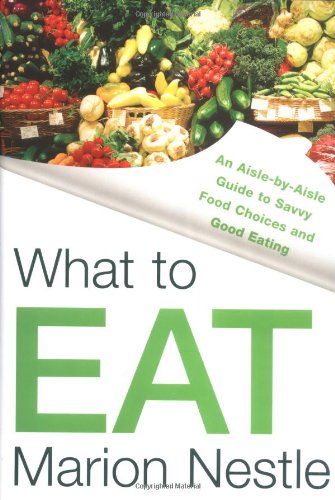The Great American Detox Diet - Alex Jamieson
 About: Here, in response to all the requests, is the detox program that undid the damage Morgan Spurlock-director and star of Super Size Me-did to his body in a month of gorging on nothing but McDonald's What would happen if you ate nothing but fast food for an entire month? That's what filmmaker Morgan Spurlock attempted to find out by making his scathing tongue-in-cheek documentary Super Size Me. A 33-year-old New Yorker in excellent health, he would eat nothing but McDonald's for 30 days, to gauge the effects on his body. The results were shocking: He gained almost 30 pounds, saw his cholesterol skyrocket, and developed chest pains and dangerously high blood pressure.
About: Here, in response to all the requests, is the detox program that undid the damage Morgan Spurlock-director and star of Super Size Me-did to his body in a month of gorging on nothing but McDonald's What would happen if you ate nothing but fast food for an entire month? That's what filmmaker Morgan Spurlock attempted to find out by making his scathing tongue-in-cheek documentary Super Size Me. A 33-year-old New Yorker in excellent health, he would eat nothing but McDonald's for 30 days, to gauge the effects on his body. The results were shocking: He gained almost 30 pounds, saw his cholesterol skyrocket, and developed chest pains and dangerously high blood pressure.My thoughts: If it weren't for Morgan Spurlock's coattails, I probably would not have picked up this book. Although a lot of the information wasn't new to me, I really enjoyed it overall. The book is divided into three sections. The first deals with the author's own experience as a junk food fiend. Eating junk food caused the author to suffer from fatigue, migraines, and candidiasis. After feeling so crappy, she converted to a whole foods diet. The second chapter talks about the actual detoxing process. Besides addressing the nutritional aspects of detoxing (i.e. no refined flours or sugars, no caffeine, healthful fats, whole grain carbs, and lean protein), the author also emphasizes the importance of ambiant factors such as stress, relationships, sleep, and mental stability. I really liked this well-rounded approach. The last section lists book and website resources, as well as a collection of vegan recipes.
I took a couple of fun facts away from reading this book. Firstly, fats serve as lubricants for our bones. Yay! I like to think of this fact as I'm running. Secondly, fibrous foods serve as wonderful "scrubbers" for our digestive system. Fascinating! Lastly, Stevia might be a great natural and calorie-free alternative to sugar. I'm excited about experimenting with Stevia in my future baking endeavors.




